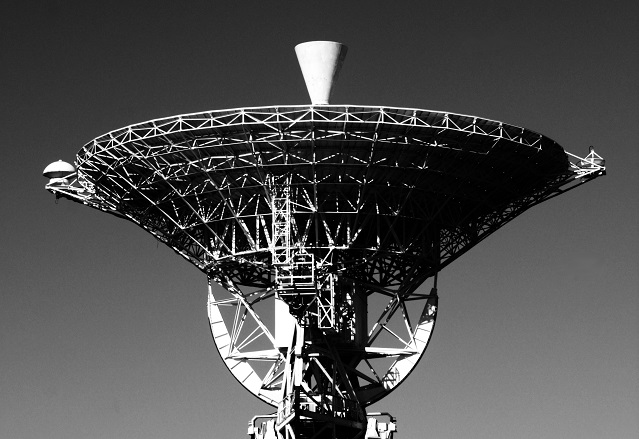Realising Australia’s potential as a rocket-launch hub

Australia’s new space agency is now up and running and hopes are high for a sovereign launch capability. But not all space launches are equal. The launch parameters for putting a 600-kilogram satellite into geostationary orbit aren’t the same as those for a single launch with a payload of several small satellites into low earth orbit.
Australia’s space launch facilities must be ready to cope with both extremes if the nation is to become truly space-capable. There’s a danger in thinking that one size fits all in satellite launch facilities, launch telemetry and subsequent monitoring.
Already New Zealand is slightly ahead in the small satellite field thanks to Rocket Lab’s regular small-mass payload launches from its base on the Mahia Peninsula on the North Island. So far, the company has launched 28 satellites. The most recent was the successful ‘rideshare’ mission, called STP-27RD, on 5 May. You can watch a webcast of the launch here (best to start 14 minutes in).
The mission was procured by the US Department of Defense’s Space Test Program in partnership with the Pentagon’s Defense Innovation Unit as part of the US ‘rapid agile launch’ initiative. The satellites on board represent Rocket Lab’s heaviest launch to date, with the total payload weighing in at more than 180 kilograms. The three experiments on board will demonstrate advanced space technologies and accelerate the fielding of operational space capabilities.
Rocket Lab has also launched satellites from the Mahia Peninsula for NASA (on 16 December 2018) and the Defense Advanced Research Projects Agency, or DARPA (28 March 2019).
Interestingly, Theresa Hitchens, in an article in Breaking Defense, writes, ‘Large networks of small, cheap satellites derived from commercial technology would be harder for China or Russia to kill than a handful of expensive, exquisite military-unique birds.’
Currently, two Australian companies, BlackSky Aerospace and Gilmour Space Technologies, both based on the Gold Coast, are planning to start launching small satellites from northern Australia.
Gilmour Space Technologies plans to soon fire a rocket 40 kilometres into the stratosphere from a private property in the Gulf Country in northwestern Queensland, which offers both polar and equatorial orbital launch options. It will be the culmination of three years of research and development. The company has spent almost $6 million designing and building its nine-metre suborbital test rocket One Vision and the mobile launch tower that will send it into the sky. The anticipated launch comes hot on the heels of a suborbital launch by BlackSky in the southern Queensland outback last November, which carried Australia’s first commercial payload.
Queensland is vying with South Australia and the Northern Territory for a share of the space business that’s expected to turn Australia into a regional rocket hub. While companies are already planning to build launch facilities in South Australia and the Northern Territory, there have been no reported business moves in Queensland, although the state government commissioned a study.
The key maths in launch calculations start from the Tsiolkovsky rocket equation, which really only applies out in space. The equation describes ‘ motion of vehicles that follow the basic principle of a rocket: a device that can apply acceleration to itself using thrust by expelling part of its mass with high velocity can thereby move due to the conservation of momentum’.
Other forces, of course, come into play in real-life rocket science. For instance, there are factors like lower atmosphere air resistance, the earth’s gravity acting on the rocket’s mass, and a vertical acceleration component even though the rocket is travelling on a curved path. Security where the first stage of the rocket falls also matters. Because of these factors, the theoretical results for frictionless space give a lower launch velocity than that actually required. Approximately 25% more velocity is needed, less any boosting effect from the earth’s tangential velocity at the launch site, having regard to the variation in orbit from due east.
What does this mean in practice? Let’s just take the example of a 100-kilogram payload on a 12.5-tonne rocket to look at the effects of latitude and orbital direction on the required launch velocity from a site near Mount Isa.
The earth’s ground speed of rotation at the equator is 465 metres per second, while at Mount Isa, 20.7 degrees south, it’s 430 metres per second. A difference of 35 metres per second doesn’t sound like much, but the exponential nature of the Tsiolkovsky rocket equation means that it makes quite a difference. Launching due east from Mount Isa equates to a ground boost of 430 metres per second. This will be good for covering northern Australia and part of the Indian Ocean. Launching for a polar orbit will obviously get no ground speed boost from the earth’s rotation.
There’s a lot of scope for Australia and New Zealand to offer small-satellite launch services at very attractive prices, through the rideshare concept, to Asian countries as well as to our home markets.





